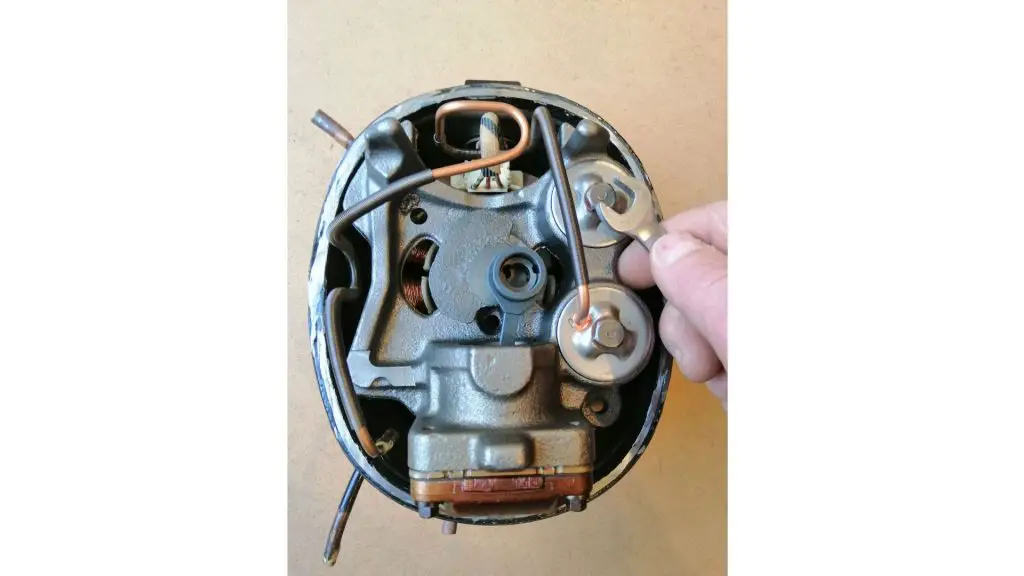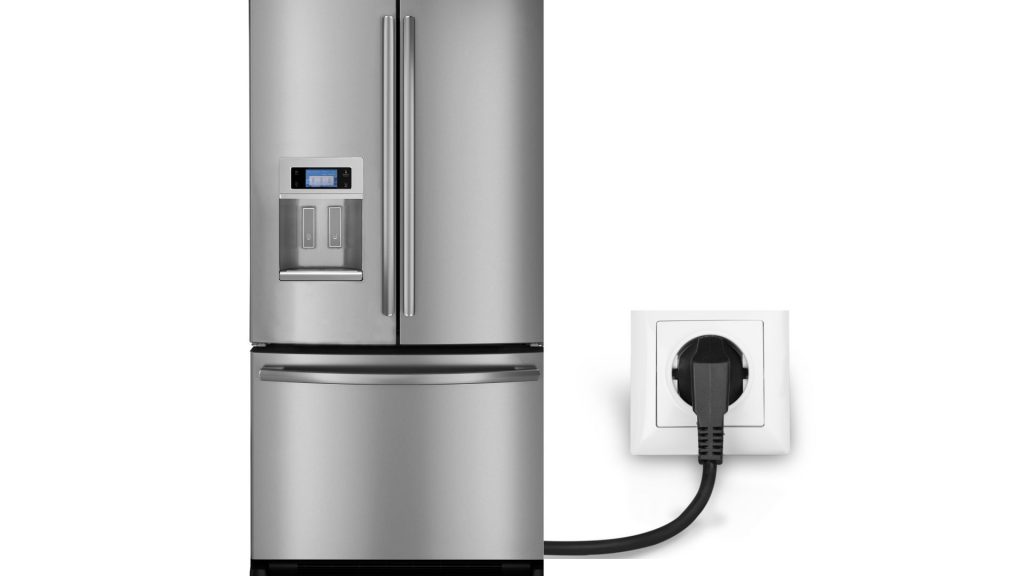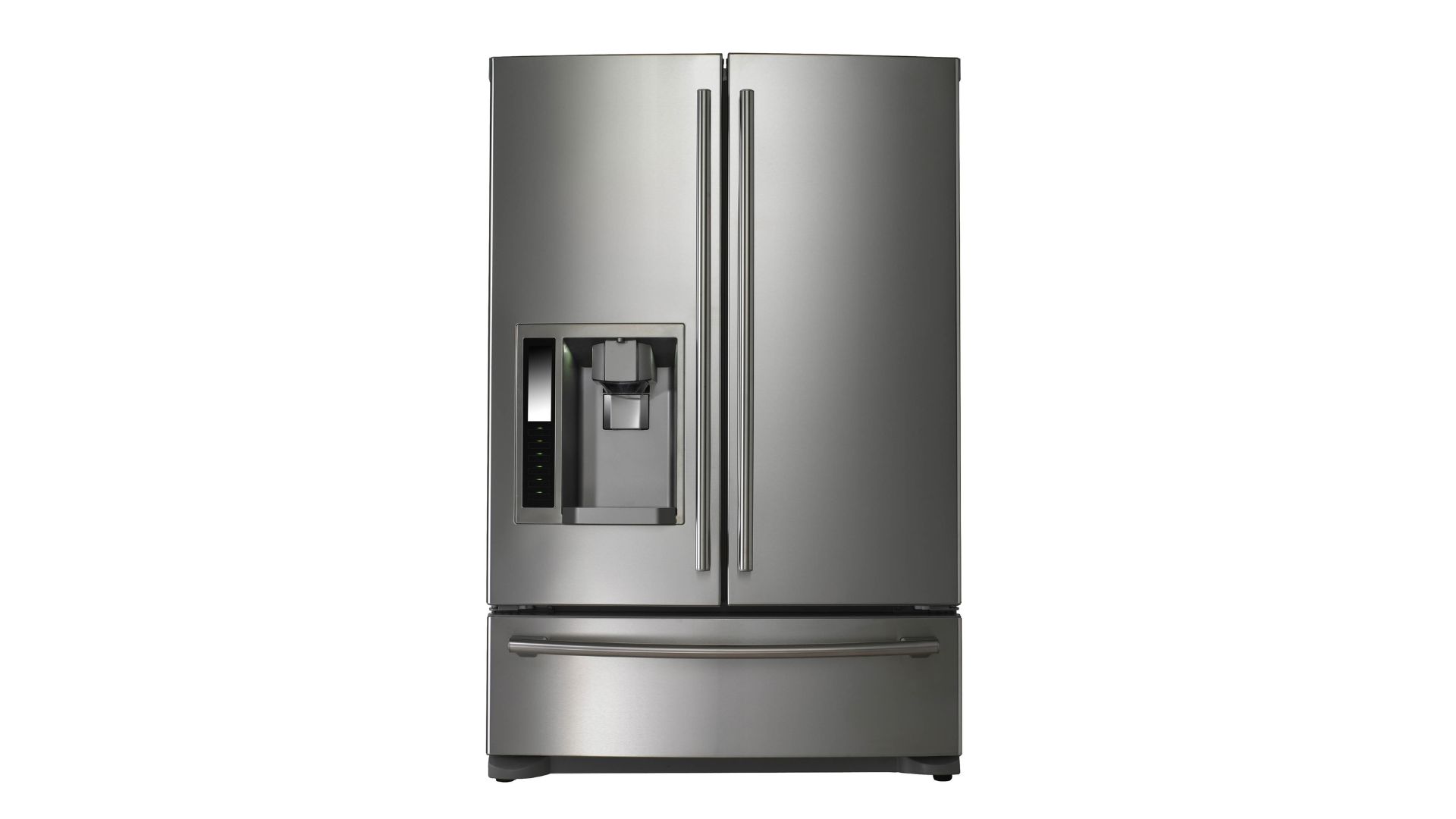Do you have a new fridge? If you do, how long should you wait before you plug it in? And what happens if you don’t wait? This is what every new fridge owner wants to know. This guide will provide answers.
How Long Should I Wait Before Plugging In A New Refrigerator?
The duration usually depends on how much time the refrigerator spends on its side. For instance, a fridge lying on the side for five hours should remain standing for five hours before you use it. Even if you keep the refrigerator upright during transit, you are better off waiting for at least an hour before plugging it in because fridges shake a lot during transit.
When the retailer delivers the refrigerator, they will expect you to follow this procedure:
- First, remove the packaging. You can’t use the appliance when the styrofoam is still in place.
- Position the refrigerator upright in a suitable location away from direct sunlight
- 101Appliance suggests leaving it alone for four hours.
- Wipe the refrigerator with a clean cloth and some water.
- After four hours, plug it in and wait a few more hours until it attains the correct temperature.
- Once the thermostat shows the correct temperature, you can insert the food.
You don’t have to wait exactly four hours. This Samsung guide suggests three hours. Consult the manufacturer. They have the final say on where this issue is concerned.
Why Do I Need To Wait Before Plugging In Fridge?

Your biggest concern is the compressor oil. The compressor is a sealed device in the back and at the base of the appliance. The compressor oil is a vital component of a refrigerator’s operations because it provides lubrication that allows the compressor’s moving parts to do their work.
The compressor oil doesn’t remain in one place. The fluid moves through the pipes to mix with the refrigerant, which means that it aids the cooling process. The oil and refrigerant will migrate through the lines before settling back in the compressor.
In other words, you have oil in the compressor and pipes at any given moment. This is why the appliance’s position during delivery is so important.
I don’t want you to place the refrigerator on the side.

Transporting the appliance on its side allows the oil to flow out of the refrigerator.
The objective of waiting a few hours before using the device is to give the oil time to settle back in the compressor.
Once the refrigerator is sitting upright, gravity will take over. It will return the oil to the compressor. Even though you have oil in the compressor at this point, it is too little to provide adequate lubrication.
For that reason, if you must transport a fridge, keep it upright. Many homeowners use movers for this reason. Professional movers have vans that can maintain a refrigerator’s upright position during transit.
Naturally, professional movers are not an option for some people. They have no choice but to transport the unit on its side in their car. In that case, don’t lay the device on the side where the compressor lines emerge from the compressor. Place the unit on the opposite side.
Domex has noted that using the fridge without waiting may void your warranty.
They agree that the manufacturer has no way of knowing that the refrigerator sustained damage because you used it without waiting after it arrived. But they may observe signs that hint at your actions. Don’t take any chances.
What Happens If I Plug In The New Refrigerator Right Away?

Your biggest concern is the compressor. The oil protects the compressor by lubricating the moving parts. Running the appliance before the oil can settle back into the compressor could cause severe damage.
The refrigerator might fail to maintain the appropriate temperature. If it continues to work as expected, don’t be surprised if you start hearing loud noises from the unit because of the broken compressor.
Some consumers have observed strange vibrations whenever they connect the device to a power source. In other cases, the fridge will shut down randomly, or the compressor will switch on and off throughout the day without explanation.
In the end, Kitchen Seer expects you to lose your perishable food items and medicine. If you’ve plugged the fridge in without waiting on multiple occasions, but nothing terrible has ever happened, consider the lifespan of the appliance. Refrigerators are expensive. Fortunately, they have a lifespan of 20 years. But yours may only last five years because you refused to wait.
Does The Waiting Time Differ According To Brands Like LG, Samsung, Whirlpool, Panasonic, and Hisense Refrigerator?
Yes, the waiting time differs depending on the brand.
- Bosch has a waiting time of 2 – 4 hours.
- LG thinks you can get away with waiting for 1 hour.
- On the other hand, whirlpool fridges have a waiting time of 12 – 24 hours.
- With Hisense fridges, 4 hours are enough.
- Panasonic fridges require a minimum of one day.
As you can see, the waiting period is not the same. Use the manual to gain confirmation regarding the waiting period of your brand.
Talk to the customer support staff if the manual won’t tell you what you need. You can also consult the delivery people, especially if the unit’s manufacturer sent them.
If you don’t have anyone to consult and you transported the fridge yourself, make sure it stays upright for the same number of hours that it was lying on its side. The least amount of time you can wait is an hour.
What Else Should I Do Before Using A New Refrigerator?
Refrigerators are somewhat complicated. If you want yours to operate seamlessly, it isn’t enough to wait a few hours before running it. You should take the following into account:
1). Inspect the fridge when it first arrives. Don’t assume that it came with every accessory the manufacturer promised. You need to identify the missing pieces before the delivery people leave. If anything is missing, you can refuse to accept the delivery because it is technically damaged.
2). Even after waiting three or four hours, you can’t start using the refrigerator. You can plug it in, but it may take a few more hours to attain the correct temperature. Kitchen Appliance HQ wants you to wait an additional 24 hours.
You don’t have to guess. The manual will tell you the recommended temperature. Pay attention to the thermostat. Once it attains the recommended temperature, you can insert the food.
3). Every homeowner understands the importance of keeping the door closed. However, the opposite is true for a new fridge. Plug the unit in and open the door. This allows the smell that comes with these appliances to dissipate. The chemicals used to sterilize the device are harmless. But some people don’t like them, which is why they air out the fridge.
4). For some people, airing out the refrigerator is not enough. They prefer to clean it with water and a soft cloth because they don’t want to expose their food to the manufacturer’s chemicals. If you share their mindset, wipe everything, not just the walls but the shelves.
5). If the unit has an ice dispenser, don’t forget to connect a water line. Use a compression fitting to secure the water line. Don’t fret over the extra tubing. Some people want to cut the water line to shorten it.
But you need that extra tubing for those moments when you pull the refrigerator away from the wall. Let the tubing sit in a coil. It won’t harm the fridge.
6). You don’t have to leave the shelves as they are. You can rearrange them to fit the demands of your food. For instance, you can remove some of the shelves to make room for large jugs.
7). Don’t forget to adjust your settings. Use the dial to select a temperature that suits the food you want to store. The manual will recommend a temperature, but you don’t have to adhere to it. In fact, the manual will recommend different temperatures depending on what you want to store.
8). This goes without saying. Don’t insert hot food. Give the food a few minutes or hours to cool. Otherwise, you may harm your new refrigerator.

